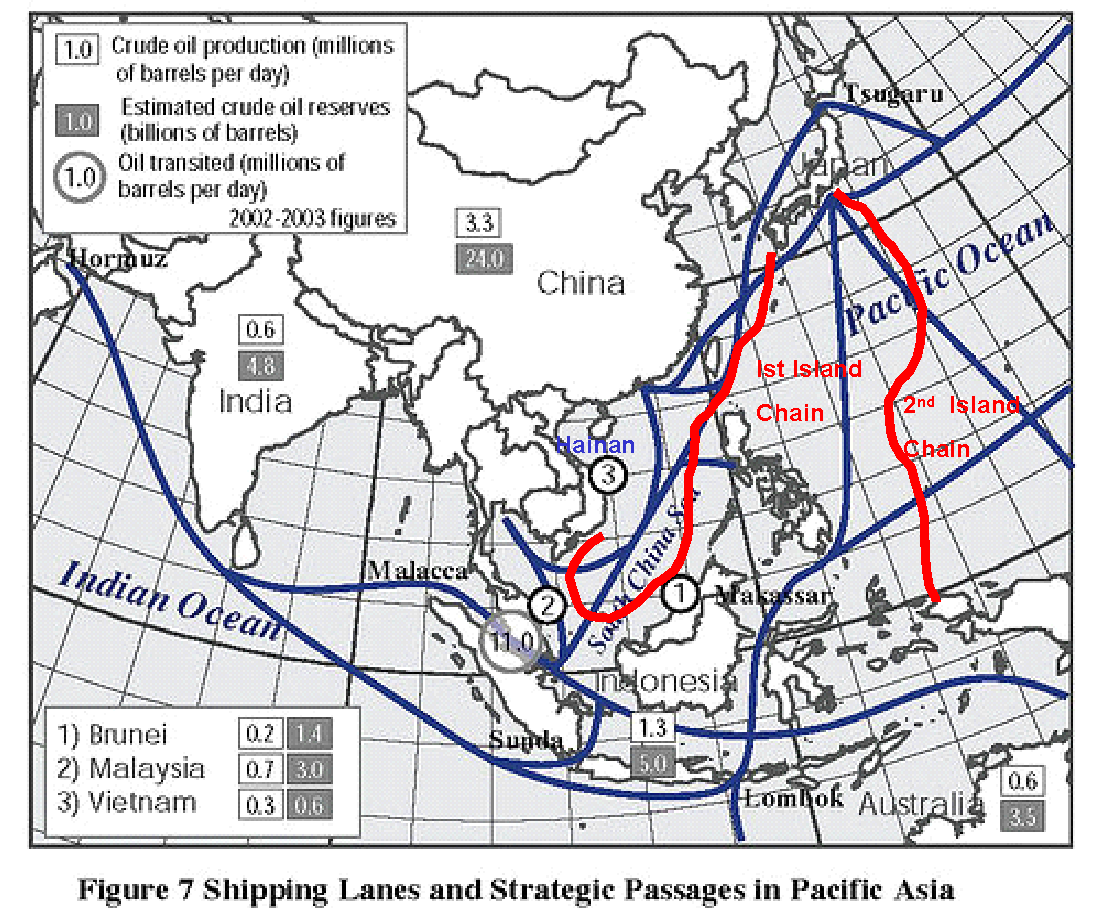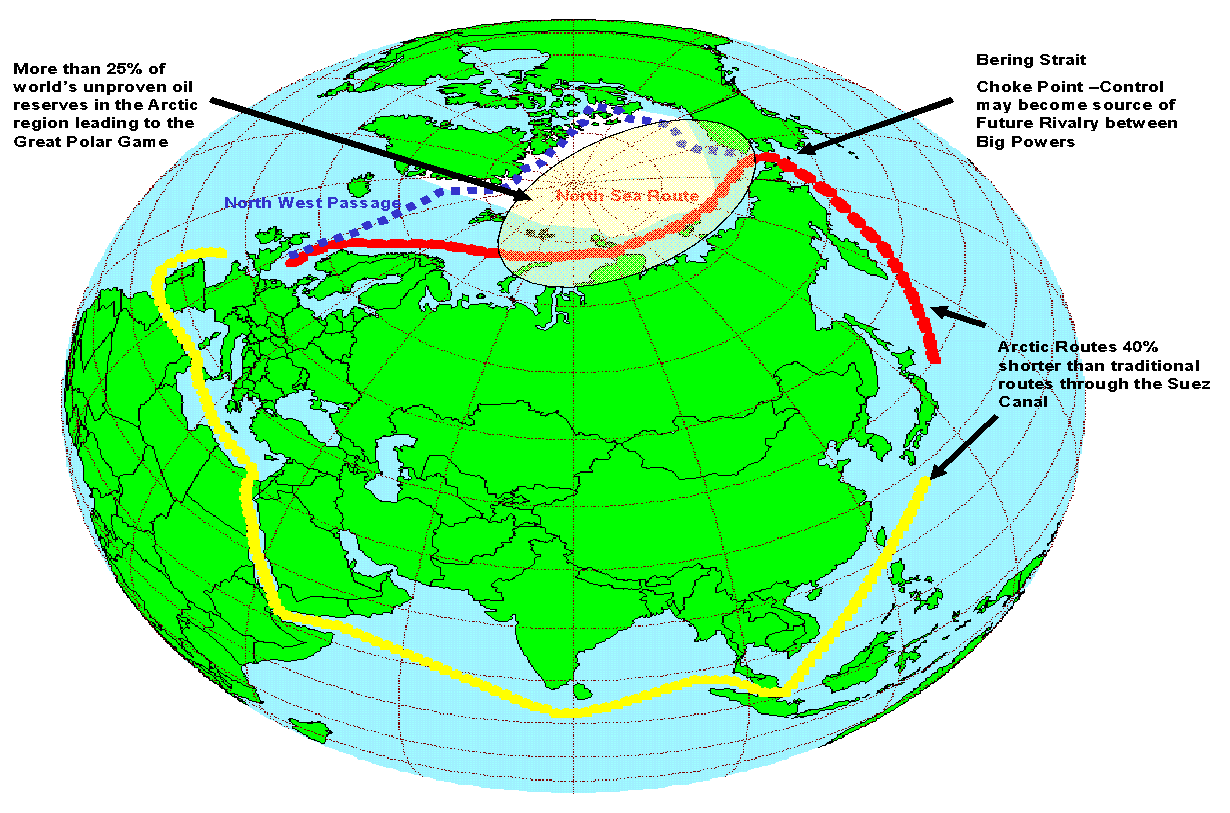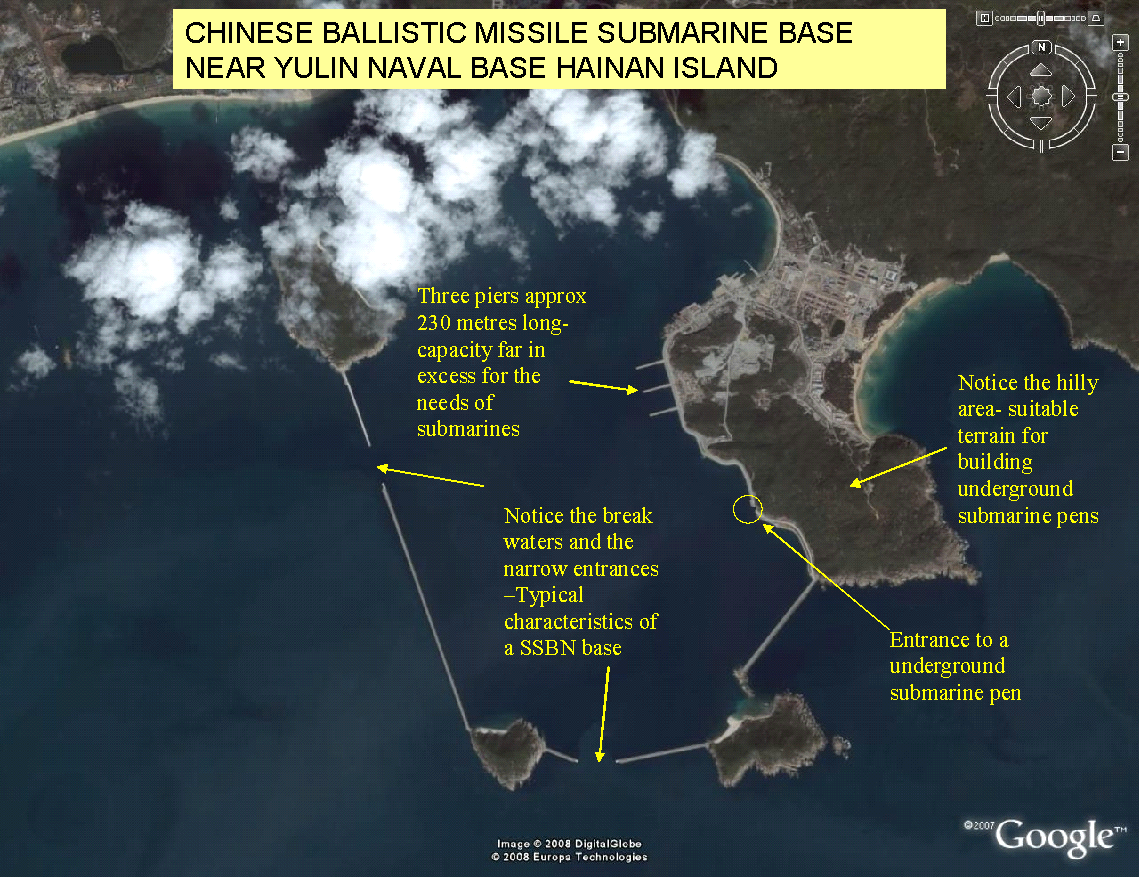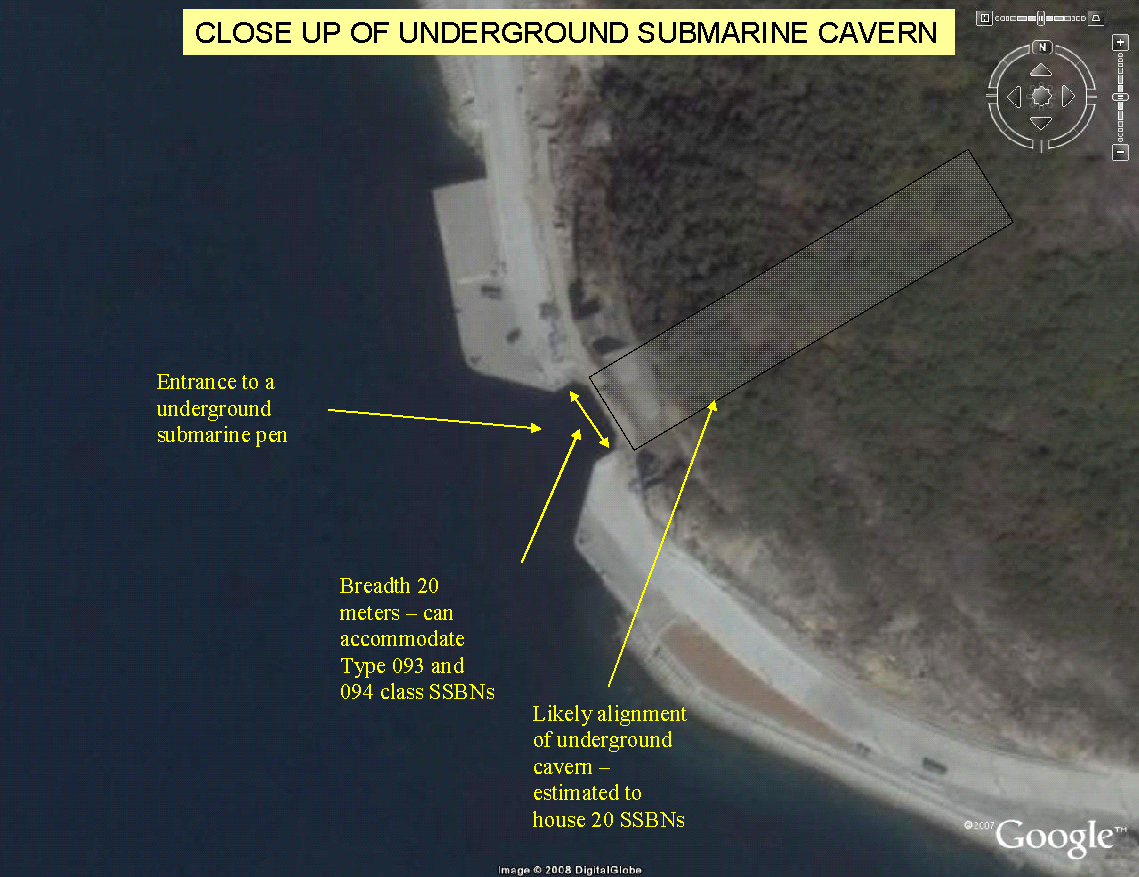The 21st century has often been called as the ‘Asian’ century. Goldman Sachs in their seminal Brazil, Russia, India, China (BRIC) report has predicted that “in less than 40 years, the BRICs’ economies together could be larger than the G6 in US dollar terms”.1 With the center of gravity of world affairs predicted to shift decidedly from the West to the East, it becomes imperative for the United States to reshape its strategy for the Asia-Pacific region. The lynch pin of U.S. Asia-Pacific policy has centered on its relation with Japan. This essay aims to explore the dynamics of U.S.-Japan security alliance in the Asia-Pacific and analyze the lacunae with a view to suggest a way ahead so that America’s national interests are preserved in tandem with the emerging global order.
Historical Perspective
America has shared a bitter-sweet relationship with Japan since the colonial days. “In 1853, Commodore Matthew Perry aboard the battleship Mississippi arrived in Uraga, Edo Bay, demanding the opening of trade.”2 The symbolism of the incident was not lost on the Japanese who had taken note of the carving up of China into ‘Spheres of Influence’ by the colonial powers and decided to sign a Treaty of Peace and Amity with the United States and then with other Western powers. Thus, an uneasy peace prevailed which continued till the U.S. declared an economic boycott of Japan in the 1930s to protect its interests in China “leading to Pearl harbor”3. Japan’s defeat in the Second World War led to its reinvention in the American mold with a pacifist constitution, ‘Made in America’ with strict stipulations on its adherence. According to the basic principles of that constitution, Japan fore swore resort to war, gave up the right to have armed forces and agreed to follow the tenets of peaceful existence in exchange of security guarantee by the United States. The operative principles of the constitution are seen in the fact that even today the Japanese forces are called Japanese Self Defense Forces and the U.S. has “47,000 troops in Japan.”4 Japan’s unique geographical position makes it a useful base for the Americans to oversee the Asia-Pacific region. It is neither to close to China nor too far and straddles a central position overlooking mainland China with easy reach to the other countries of the region. The original formula worked well till the evolving dynamics especially the role of an emerging China, a recalcitrant North Korea, and rapid blossoming of Asian economies changed the equations. Amongst all the factors that require examination, China looms large.
The China Factor
China since ancient times, always considered itself to be the ‘Middle Kingdom’, central to world affairs. The humiliation of being carved into ‘Spheres of Influences’ during the colonial period provided the right plank for China’s leaders to create a new “Chinese nationalism” 5 that posited its faith in the communist socialist philosophy. Realizing the pitfalls of communism, China quickly adopted the precepts of western capitalism albeit with distinct ‘Chinese characteristics’ to initiate a growth rate which promises to make China “the world’s largest economy by 2041.”6 The Chinese very clearly perceive that after the Greek, Persian, Roman, Ottoman, British, Soviet and American ‘empires’, it is their turn to fulfill their destiny and thus have a long term strategy in place. The Chinese have always considered the South China Sea as their ‘lake’ with prospects of finding oil being the added attraction. “Moderate Chinese estimates indicate that the potential oil resources of the Spratly and Paracel Islands could be as high as 105 billion barrels of oil, while the resources of the entire South China Sea region could run as high as 213 billion barrels”7. China has articulated a Green Water Active Defense8 plan which is anchored on the existence of the first Island chain and the second island chain as Chinese lines of defense against aggression. The diagram below very clearly indicates the ramifications of this declaration as it comprises almost the entire South China Sea and parts of the Pacific. 
Figure 1. Shipping Lanes and Strategic in Pacific AsiaIt also implies that China will be in a position to interfere with the Sea Lines of Communications (SLOCs) depicted by the blue lines over which “90% of the world’s international trade occurs via commercial shipping.”9 China has serious boundary disputes with India, dispute with five other ASEAN countries over the Spratly islands and of course the all important Taiwan issue. “Japan and the PRC are already engaged in a heated debate over the Senkaku (Diaoyutai) Islands northeast of Taiwan, with each side claiming this island chain as sovereign territory”10. China sees the present Japanese alignment with the United States as a measure aimed at containment of China. China’s hunger for energy has seen it embark on frantic ‘chequebook’ diplomacy in Africa, Asia and South East Asia. This has resulted in a scramble for resources of oil rich Angola, Sudan and of course the Middle East. China has no moral compulsions in wielding its veto power to keep its alliances in Africa and Middle East happy. The Chinese are nervous over their ‘Malacca Dilemma’ where their SLOCs can be interdicted by U.S., Japan and India and has explored diverse methods such as overland pipelines and helping Thailand build a canal through the isthmus of Kra but has found none viable. Consequently, China has embarked upon expanding its blue water naval capability. The Chinese South Sea Fleet based at Hainan is undergoing massive expansion. The building of a new ballistic missile submarine base (see Appendix A, Page 15) close to Yulin naval base, which has “a large new underground facility designed to house nuclear and non-nuclear submarines 11” is a disturbing but clear indication of overall intent. The facilities being built indicate larger plans than just basing nuclear submarines. “Last year, the report noted some 50 medium and heavy amphibious ships in the PLA Navy….suggesting a concerted effort to increase amphibious lift capacity”12. China’s No First Use (NFU) Nuclear Doctrine is qualified by a clause wherein the NFU is not applicable to ‘Chinese’ territory. By implication, it means China can resort to ‘first use’ of nuclear weapons in Taiwan, Spratlys and the entire Indian state of Arunachal Pradesh as these are considered as ‘own territory’ by the Chinese. Without the US presence, Taiwan would have been overrun by the Chinese a long time ago. With these factors as a backdrop, the U.S.-Japan security alliance has to reshape its policies to accommodate an increasingly assertive China.
The North Korean Conundrum
The unpredictable nature of North Korean leadership has been the greatest stumbling block in the US evolving a coherent foreign policy vis-à-vis North Korea. “In 1998, when North Korea launched an intermediate-range Taepodong ballistic missile over the island of Honshu into the Pacific”13, it set into motion a scramble to develop antiballistic missile capability by both the U.S. and Japan. North Korea now possesses nuclear weapons that raise the specter of a possible irrational leadership armed with nuclear weapons and the means to deliver it. North Korea’s belligerence towards the U.S. shows in its propaganda as a poster depicting a destroyed White House stating “If a war of aggression breaks out, we’ll smash the American Bastards first”14. A U.S.-Japan security alliance needs to factor responses against North Korea as also the likely effects of any action on their South Korean allies as “a serious reduction in U.S. forces in Korea would leave its Japan-based contingent as the most forward U.S. deployment in East Asia with respect to the North Korean military threat and the Chinese military build-up”15.
The Global War on Terror
Japan’s restrictive constitution has prevented it from taking a more active role in world affairs. “Article Nine of Japan’s 1947 constitution prevents Japan from using force offensively”.16 However, post September 11 attacks, the Japanese government swiftly passed “an Anti-terrorism Special Measures Law by 29 October, which then enabled the dispatch in November of Japan Self Defense Force units to support the campaign in Afghanistan”17. Japan’s dependence on Middle East oil is much greater than American requirements. The U.S. itself is significantly overstretched fighting the wars in Iraq and Afghanistan and is eager for greater participation by friendly countries who have a stake in rooting out terrorism.
Piracy and SLOC Security
“Piracy has resurfaced in the last decade as the number one threat to maritime security in Southeast Asia.”18 The problem is not restricted just to South East Asia, but has also manifested in the Gulf of Aden leading to a sharp increase in piracy incidences off the Horn of Africa in recent months. Though Task Force 150 is deploying some ships in the region along with warships of other navies such as India and Russia, the numbers are woefully short. Japanese involvement in maintaining safety of this vital choke point would have to be factored as also the U.S. involvement. In the Straits of Malacca, Sunda and Lombok, incidents of Piracy or ‘armed robberies’ have reduced over the past few months owing to the proactive response of Indonesia, Malaysia and Singapore in maintaining credible presence in the region. However, the danger still exists. A successful terrorist attempt in sinking a merchant ship in the Malacca strait would have serious implications for world trade as in some parts the Malacca strait is only 1.5 miles wide in the region of the One Fathom Bank. Closure of the strait by state or non state actors is a possibility, which cannot be ruled out and thus the security of the SLOCs assumes great significance.
The Polar Great Game
The melting of the Arctic ocean in a not to distant future will significantly alter the global geo-strategic scenario. Some experts estimate that by late summer 2050, “the entire Russian coast will be ice free, allowing navigation … along the entire Northern Sea Route. The Northwest Passage through the Canadian Archipelago and along the coast of Alaska will be ice free and navigable every summer by non-icebreaking ships”19. The implications are that trade routes from North America and Europe to East Asia will become 40% shorter and the importance of Eurasian rim land states will grow. Thus, “American geopolitician Nicholas Spykman’s famous dictum, “Who controls the rimland rules Eurasia; who rules Eurasia controls the destinies of the world”20 may become a reality. “It has been estimated that the Arctic region holds between 100 and 200 billion barrels of recoverable oil, and approximately 2000 trillion cubic feet of natural gas”21 mostly in the Russian sector. Should the melting of the Arctic ocean allow Russia to tap into those resources, the rise of a Russian energy super power is a distinct possibility. The two routes, North West passage along the Canadian coast and the North Sea route along the Russian coast hold great promise in the years to come. The entire economics of global trade would undergo a tectonic shift as more resources are invested by the Eurasian rimland states into the two routes. “The rapid melt is also rekindling numerous interstate rivalries and attracting energy-hungry newcomers, such as China, to the region”22. The routes necessarily transit through the Bering Strait as depicted below, which may become the focus of great power rivalry in the overall Polar Great Game.

A Concert of Democracies
Realizing that the rise of China on the world’s stage was inevitable, “Chancellor Schroeder and Prime Minister Obuchi publicly called in 1999 for China to become more associated with the G8”23. Some believe that multilateralism will be essential in dealing with a non-polar world24. Many foreign policy experts believe that emerging multi-polar dynamics will impact policy changes. Some believe that “calls for a League (or Concert) of Democracies…are rooted in the valuable recognition that rebuilding U.S. credibility abroad requires listening to others….and abandoning the unilateralist impulse”25. It is with this truism in mind that the concept of a ‘Concert of Democracies’ came into being. “Japan has been at the forefront of a “Quadrilateral Initiative”26 which posits the need for Japan, Australia, India and the U.S. to join hands for tackling the various emerging problems facing the region.
Policy Options For U.S.-Japan Security Alliance in the Asia Pacific
Having examined the various factors that govern the present and likely future dynamics impacting the Asia-Pacific region, the policy options for the future course of U.S.-Japan security alliance are many. “For the U.S., the problems center on how to deal with China and North Korea—Japan worries about both; the U.S. is not sure what to think about a ‘rising China’ and not sure how to deal with a nuclear North Korea”.27 At the first instance, it is evident that the U.S. will have to decide on a clear policy direction on how to deal with China; whether by Containment or by Engagement. Having set a precedent with sending its warships to the Gulf, Japan now has the option to change the restrictive clauses in its constitution. A more proactive role by Japan in the South China Sea is a viable policy option where “enhanced coordination on “preventive diplomacy” to forestall moves by either Taiwan or China to change the status quo in the Taiwan Strait”28 could be envisioned by the U.S. and Japan. Withdrawal from a purely bilateral defense agreement towards a more inclusive multilateral arrangement is another policy option. However, the effects of unraveling the U.S.-Japan alliance could affect other areas as “The United States is also bound by the 1951 Mutual Defense Treaty between the United States and the Republic of the Philippines”29. Withdrawal of any sort may be seen as a sign of weakness by China who may feel emboldened to forcibly claim the disputed islands of Spratlys or attempt an armed unification of Taiwan. A robust shore, ship and space based Anti Ballistic missile system may not seem to be a good idea as “they escalated tensions across Asia”30.
Thus, the future of US-Japan security alliance favors a shift to a more inclusive multilateral construct keeping the basic structure of the alliance intact. By all indications, some experts believe that the quadrilateral initiative “represents the likely geopolitical lineup in the Asia-Pacific in the years ahead”31. Elements of Hedging Strategy against China by including other rising powers such as India could be one such option. A more proactive engagement with ASEAN could form another such option. The U.S. Navy’s A Cooperative Strategy for 21st Century Seapower talks about an “open multipolar world32” underscoring the official recognition that the U.S. can no longer ‘go at it alone’. In the final analysis, a way forward would be to consider a range of policy options to bridge the Containment-Engagement continuum so that the Asia-Pacific security framework is maintained.
Bibliography
Borgerson, Scott G “Arctic Meltdown: The Economic and Security Implications of Global Warming”, Foreign Affairs, 2008.
Blasko, Dennis J “The 2007 Report on the Chinese Military”, JFQ, issue 47, 4th quarter 2007, 51.
Byington, John “Japanese Constitutional Reforms and East Asian Maritime Security”, 2005.
Callahan, William A. “National Insecurities: Humiliation, Salvation, and Chinese Nationalism”. 2004, 100, Web.
Carothers, Thomas “Is a League of Democracies a Good Idea”, Carnegie Endowment for International Peace, 2008.
Chellaney, Bramha “Quad Initiative: An inharmonious Concert of Democracies”, The Japan Times, 2007.
Fisher Jr, Richard D, “China’s Naval Secrets”, The Wall Steert Journal online, 2008, 1-3. Web.
Hanami, Andrew K, The U.S., Japan and Asia in International Politics, (NY: University Readers, 2006).
Hass, Richards N “The Age of Nonpolarity”, Foreign Affairs, 2008.
Hughes, Christopher “Japan’s Security and the War on Terrorism: Incrementalism Confirmed or Radical Leap?” CERI. 2002. Web.
Ji, You, The Evolution of China’s Maritime Combat, Doctrines and Models: 1949-2001”.
Killaby, Guy “Great game in a Cold Climate: Canada’s Arctic Sovereignty in Question”, Canadian Military Journal, 2005-2006, 31-40.
Kim, Kyu Hun “The Defense of the Realm: Preliminary Observations on the Japanese Discourse on Coastal Defense in 19th Century”.
Kirton, John “From Collective Security to Concert: The UN, G8 and Collective Security Governance”, 2005.
Murata, Koji “US Military Strategy and East Asia,” Asia Pacific Review Vol.10, No.3, 2003, 52-59.
Pinkston, Daniel A “Will North Korea Launch a Long Range Missile ?”,2006, 1.
Pempel, T.J.. 2008. Interview with writer. November 11,1. T.J. Pempel , Interview with writer, 2008.
Ramchandran, Sudha ”What are Friends for…?”, Asia Times online 2007.
Rowan, Joshua P, “The US – Japan Security Alliance, ASEAN and the South China Sea Dispute”, Asian Survey, VOL. XLV, No. 3, 2005, 414-436.
U.S. Arctic Research Commission, “The Arctic Ocean and Climate Change: A Scenario for the US Navy”. Web.
U.S. Navy Publication. A Cooperative Strategy for 21st Century Seapower. 2007.
Wang, Vincent Wei-cheng “The US Japanese Alliance Redefined: Implications for Security in the Taiwan Strait”, Tamkang Journal of International Affairs, 2005, 1-50.
Wilson, Dominic and Purushothaman, Roopa. “Dreaming With BRICs: The Path to 2050”. 2003. Goldman Sachs, Global Economic paper No:99,(2003), 1-24.
Appendix A, Refers to Page 5
AN APPRECIATION OF THE NEW CHINESE NAVAL BASE NEAR YULIN


Footnotes
- US Arctic Research Commission, “The Arctic Ocean and Climate Change: A Scenario for the US Navy”.
- Rowan, 432
- Guy Killaby, “Great game in a Cold Climate: Canada’s Arctic Sovereignty in Question”, Canadian Military Journal, 2005-2006.
- Scott G Borgerson, “Arctic Meltdown: The Economic and Security Implications of Global Warming”, Foreign Affairs, 2008,para 16.